Although experienced surfers will have a good idea of whether they themselves and others they surf with are a beginner, intermediate or an advanced surfer, there is no definition of what level you are at as a surfer.
The question of ‘what level am I surfing at?’ actually strikes at the heart of what surfing is as a sport. Is surfing a sport to be judged, something to be done, or can it be both?
The main reason there is no set definition of surfing levels is likely because it is such a complex activity. Many veterans who are confident surfers have no interest in pulling off tricks we see from pro surfers. At the same time, even an intermediate surfer with natural talent could pull off an impressive move now and again.
These variables make surfing challenging to analyse, and the sport may be better compared with martial arts where there is no peak, but many levels of skill.
At Surfing Croyde Bay when we have students starting to take surf lessons in Croyde, or have been casually surfing for some time, they may wish to know how they are progressing. Below, we set out the indicators for each level of surfing to help you understand what makes a beginner, intermediate, advanced or even pro surfer.
Surfing is demanding, and it can take a long time to get past the beginner stage. You should consider yourself a beginner when:
If you are an advanced beginner, you may be able to catch a wave, stand on the surfboard and ride the breaking wave towards the shore while staying in a straight line.
Generally, a beginner cannot yet successfully paddle out on their own and cleanly catch a wave, riding it to a conclusion. However, if you are an advanced beginner, you may be able to catch a wave, stand on the surfboard and ride the breaking wave towards the shore while staying (mainly) in a straight line.
You should consider yourself an intermediate surfer when:
Bottom-turn
The bottom turn is the most fundamental move in surfing. It allows you to ride the open face of a wave, and mastering this technique is a vital part of intermediate level surfing.
Cutback
The cutback can be considered the second most crucial move of the intermediate stage. Mastering this technique allows you to put yourself back at the energy source of the wave, without ending up in the shoulder of the wave (the slowest part)
If you are an advanced surfer, it is likely you already know what sets you apart from beginners. However, to make it clear what makes an advanced surfer, we have set out some indicators below.
You should consider yourself an advanced surfer when you can:
Of course, arguably the stage beyond an advanced surfer is a pro surfer who performs in their distinct style for a living. At this level, the surfer can pull out all of the tricks the sport has to offer.

Surfing Croyde Bay, Baggy Lodge, Moor Lane, Croyde, EX33 1PA
© 2025 All Rights Reserved.